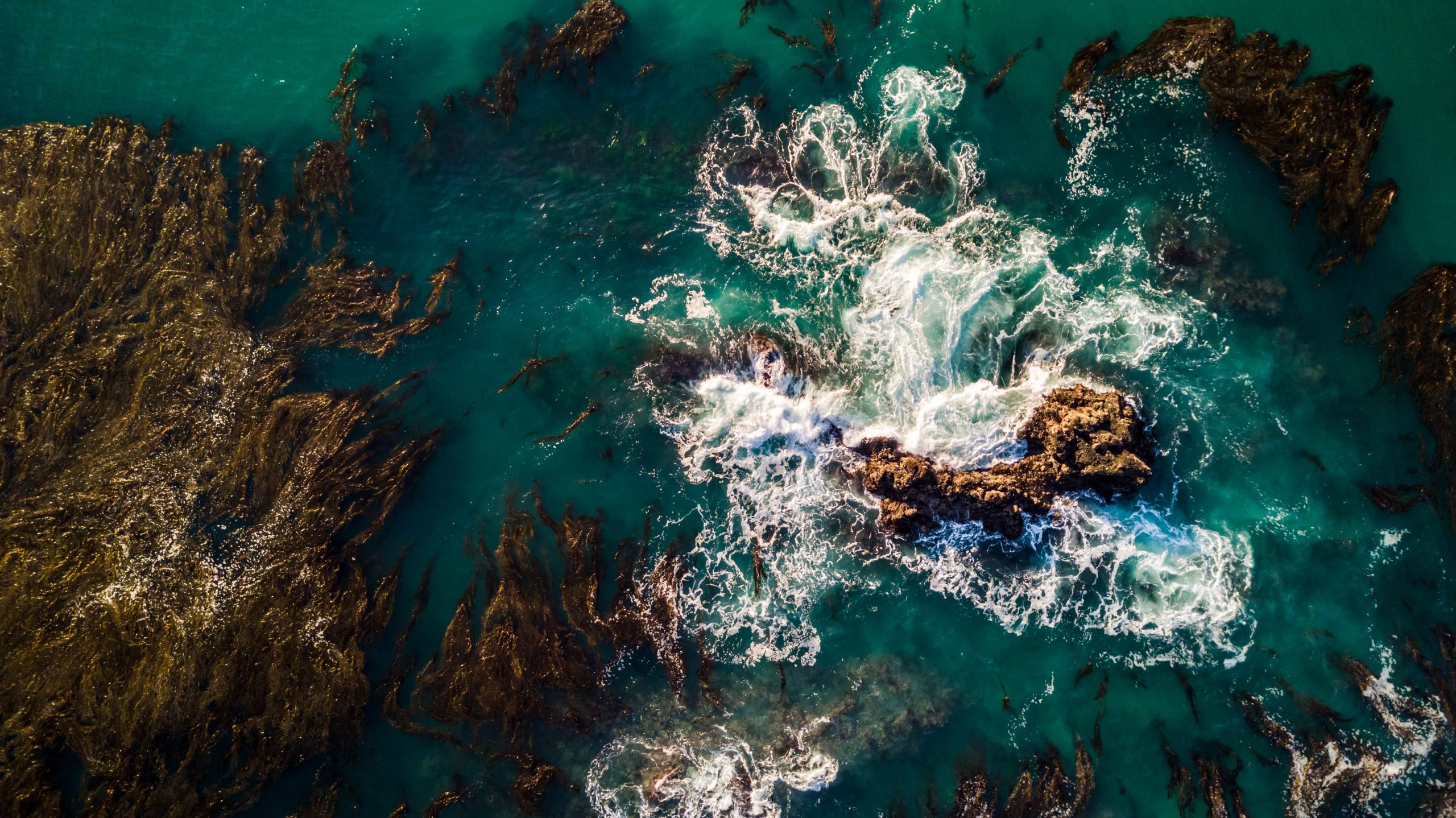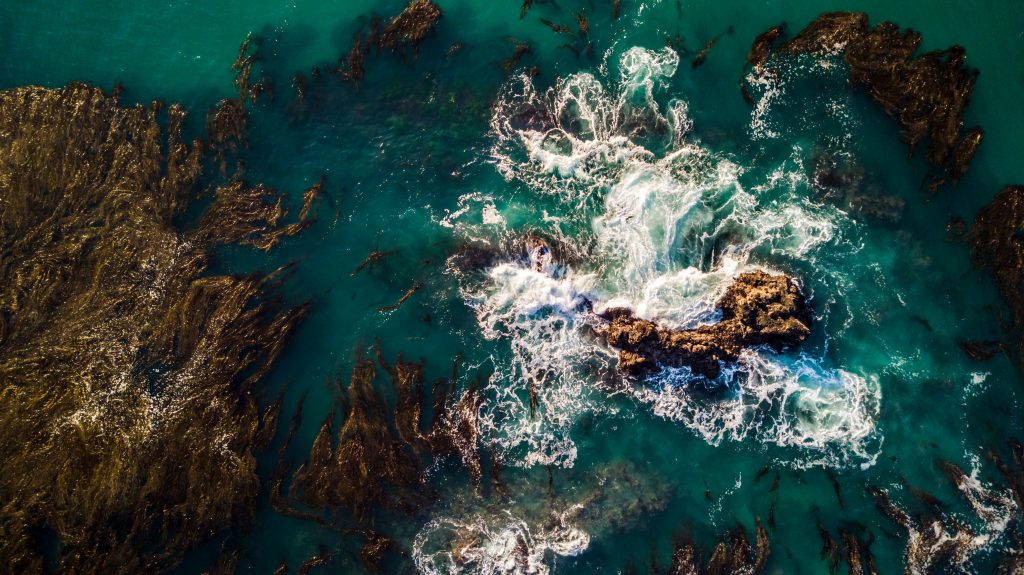Submission Form: EOI Online Submission Form
Submission Deadline EXTENDED: July 13, 2020
The Central and Northern California Ocean Observing System (CeNCOOS) and Southern California Coastal Ocean Observing System (SCCOOS) are developing 5-year work plans in response to the US Integrated Ocean Observing System (IOOS) FY 2021 Notice of Federal Opportunity. This award will cover the 5-year period June 1, 2021, through May 31, 2026, and will sustain critical observing, modeling, product, and service activities, while also providing opportunities to add new, multidisciplinary projects to the system. To develop the proposal, we are soliciting Expressions of Interest (EOIs) from existing Principal Investigators and potential new collaborators.
Proposed projects may include any activities that fit within the CeNCOOS Strategic Plan for 2020-2025, SCCOOS 2016-2021 Strategic Operational Plan, and/or are consistent with the IOOS Funding Announcement. CeNCOOS and SCCOOS full proposals will contain two funding levels, or tiers, as required in the Notice of Federal Opportunity: Tier 1 ($3M per year; Core efforts) and Tier 2 ($6M per year; Core + Emerging efforts). Please see FAQs ‘What are Tier 1 and Tier 2 funding levels and why is this an important distinction?’ for more information.
The CeNCOOS and SCCOOS EOI call will open on Monday, June 8, 2020 and close on Wednesday, July 8, 2020. Here is the link to the online submission form. On Thursday, June 18th, 2020 at 11:00 AM PT we will hold a webinar to introduce concepts related to the EOI call and answer any questions. Please register for the webinar here (link). Additionally, to help foster cross-collaboration and engagement among research scientists in the region, we have created a spreadsheet to facilitate partnerships during the EOI process.
Frequently Asked Questions
Q: How do I submit an EOI?
A: The online Google submission form can be found here (link) where applicants can outline high-level research program goals and objectives. The form has multiple-choice options and text limited sections, as well as a place to upload supporting files such as a Gantt (timeline) chart, figures, or tables.
Q: Who should submit an EOI?
A: EOIs may be submitted by past, present, and prospective CA Ocean Observing System (CA OOS) Principal Investigators, data and/or information providers, data scientists/specialists, modelers, product developers, social scientists, outreach and education specialists, industry, and/or other stakeholders. Teams of information providers, particularly those representing region-wide or state-wide geographic scopes and interdisciplinary teams, including members from underrepresented communities, are encouraged to collaborate on EOIs. EOIs will provide a structured but flexible mechanism for proposing how to sustain and improve core efforts as well as propose new projects, participants, and priorities.
Q: How will the EOIs be used?
A: The EOIs will be used to design five-year IOOS proposals in alignment with CeNCOOS and SCCOOS goals. In addition to being considered when making programmatic and funding decisions with core Federal funds from the IOOS Program Office, the portfolio of EOIs will serve as an index of current expertise and interest within the regions, and will be consulted when new funding opportunities arise. EOIs also allow the RA Directors and regional governing bodies to forward announcements of opportunity and funding requests for assistance to appropriate investigators and to make informed responses when federal funding becomes available. Importantly, EOIs facilitate the pairing of data and information providers with end users.
Q: What are Tier 1 and Tier 2 funding levels and why is this an important distinction?
A: The Notice of Federal Opportunity from NOAA dictates that each proposal must include projects within two levels of funding: Tier 1 ($3M per year) and Tier 2 ($6M per year). Tier 1 is the more realistic funding level for an end-to-end observing system and aligns with current levels of support (~$3M). Whereas, Tier 2 is considered a “reach” budget and is significantly greater than the current or anticipated level of funding RAs receive (~$6M). Therefore, EOIs included within Tier 1 of the proposal are much more likely to receive funding over the life cycle of the 5-year award.
Q: What do you mean by Core verses Emerging Efforts?
A: Core Efforts: Activities that are currently funded by Regional Associations that have high strategic alignment, ten years or more of time series data contributing reference data at one or more locations, and forming one of our core subsystem capabilities. This includes high-frequency radars, gliders, shore stations, cruise lines, moorings, modeling, and data portal efforts. Core efforts will most likely appear within Tier 1 proposals.
A: Emerging Efforts: New or developing efforts that complement long-term core capabilities, major additions to the scope of Core Efforts, a major expansion of developing capability, or new capabilities not yet integrated into our efforts. This includes if 1) you currently receive funding from CeNCOOS or SCCOOS but want to propose additional or new activities beyond the existing funding agreement; 2) You have received funding from CeNCOOS or SCCOOS in the past but are not currently funded by the CA OOSs; or, 3) You are proposing a new project that has not received CA OOS funding in the past. Emerging efforts will likely be included within Tier 2 proposals.
Q: What is the funding cap for a single EOI?
A: While there is no hard cap, RAs generally do not fund projects in excess of $300,000 per year. RA funding is highly leveraged by other federal and state programs; EOI budgets should be estimated with some form of in-kind support in mind.
Q: How do I engage with other researchers who may be interested in submitting a joint EOI?
A: We have created a signup spreadsheet (link) to help foster cross-collaboration among researchers in the region. We are also hosting a webinar to review the EOI call and for general questions on June 18, 2020 at 11 AM. Please register for the webinar here.
Q: Should I submit multiple EOI if my research spans multiple disciplines?
A: EOIs should contain single, discrete projects with clearly defined objectives and deliverables, but can represent coordinated region- or state-wide applicant groups. Projects proposing to build-out, expand, and/or recapitalize current operations should be submitted as separate EOIs.
Q: Is there a limit to the number of EOIs I can submit?
A: No, but EOIs proposing collaborative, issue-driven projects that clearly align with IOOS mission and strategic goals are encouraged.
Q: Are projects that include multiple geographic regions (e.g., CeNCOOS and SCCOOS) prioritized over projects that work is only in one region?
A: Not necessarily. CA RAs work on local, regional, state-wide, and California Current domains.
Q: How will EOIs be selected for inclusion in the full CeNCOOS and SCCOOS proposals to NOAA-IOOS?
A: The CeNCOOS Governing Council and SCCOOS Executive Steering Committee will serve as the EOI review committees to decide which EOIs will be selected to move forward in the CeNCOOS and/or SCCOOS full proposals. Visit the CeNCOOS Framework for Decision-making here (link). The SCCOOS framework has not yet been made public.
Q: What are the additional benefits of submitting an EOI?
A: If your EOI is not selected for inclusion in the next five-year award, it may still be funded as new opportunities arise. Indeed, funding via our NOAA IOOS awards has increased by about 30% from the first year, and each region has been successful in several other efforts to augment funding.
Q: Whom should I contact if I have further science or technical questions about the Expressions of Interest process?
A: Email Alex Harper, CeNCOOS Program Manager, at aharper@mbari.org and Megan Hepner-Medina, SCCOOS Program Coordinator, at memedina@ucsd.edu for further questions.
Timeline for California Ocean Observing Systems 2021-2026 Proposal Process
| Date | Activity |
| 26-May 2020 | NOAA IOOS FFO Released |
| 8-June 2020 | SCCOOS and CeNCOOS Opening of online call for Expressions of Interest |
| 18-June 2020 | SCCOOS and CeNCOOS EOI Overview Webinar |
| 13-July 2020 | SCCOOS and CeNCOOS Close of call for Expressions of Interest |
| July 2020 | Review by SCCOOS and CeNCOOS Governing Members |
| August 2020 | Approve EOI concepts to go forward in the full proposal and communicate outcomes to all applicants |
| 31-Dec 2020 | SCCOOS and CeNCOOS 2021-2026 IOOS proposal due |



